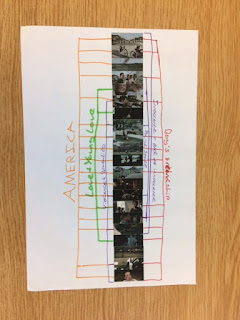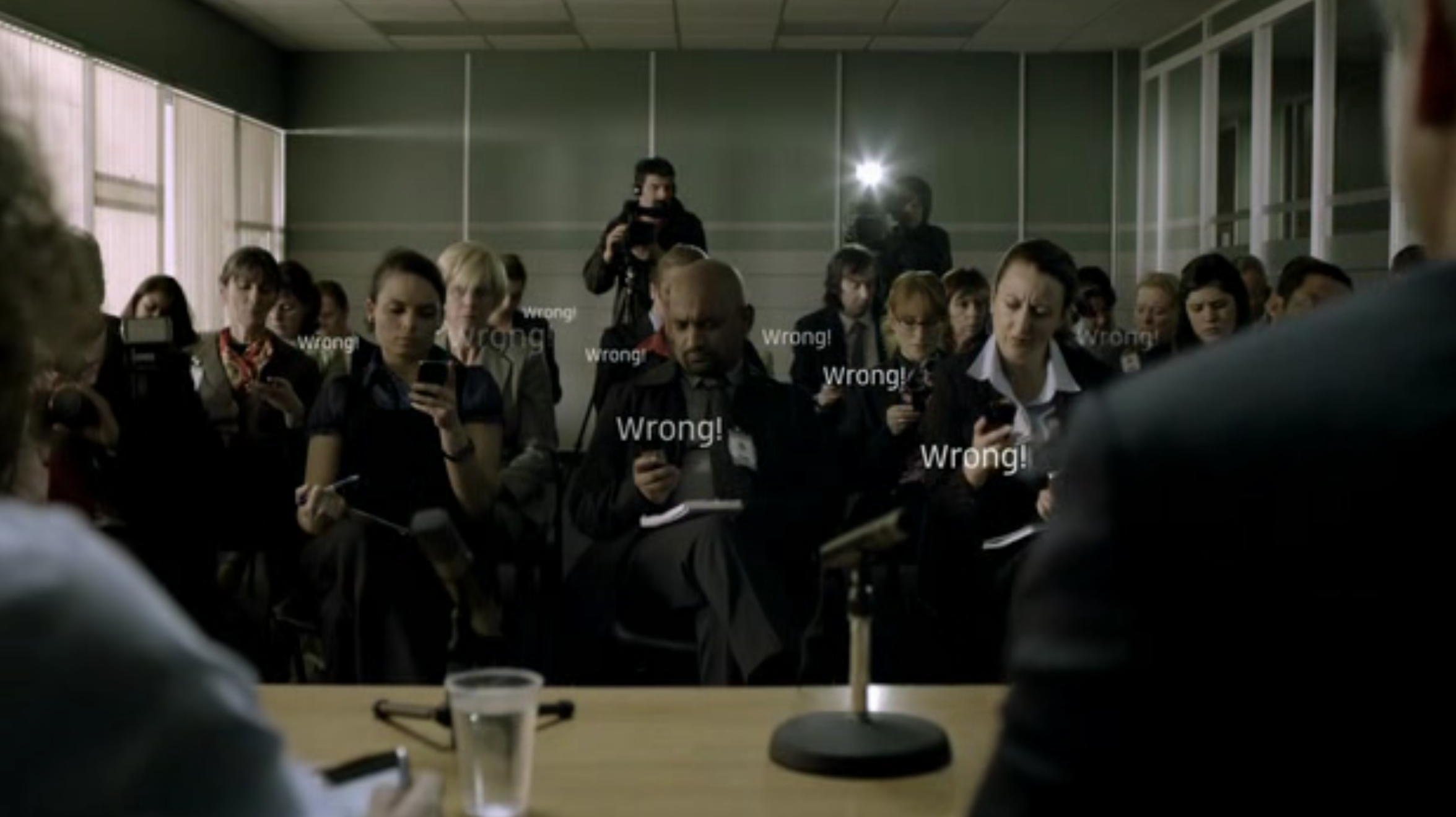Anticipation and Closure
The music video for The Suburbs by Arcade Fire builds up an increasing sense of foreboding and brutality throughout; the kids play with guns, they playfight and the police state becomes more and more prominent as the story progresses. The audience expects something terrible to happen in the video's climax, and this is delivered to us when the protagonist is beaten up by his best friend in the restaurant.
The film relies heavily on proaretic codes: the multiple shots of bikes act as a platform to drive the narrative forward, as do the images of the characters playing. This all builds up to the climax of the video; the bikes, which represent childhood and innocence, are undermined as a symbol when the protagonist finds his bike vandalised and broken outside his place of work. This is a symbolic code which also acts to move the story forward - it forebodes the danger coming up in the finale.
The music itself also provides anticipation with its different cadences. The audience expects where the song will go next, and its standard structure provides the audience with their expectation. However, the music throws the audience off balance with the omission of a middle eighth, which is a very common element of modern music. This reflects the video which becomes increasingly darker as it progresses, and the viewer is therefore confused and unsettled by the lack of a middle eighth.
The music itself also provides anticipation with its different cadences. The audience expects where the song will go next, and its standard structure provides the audience with their expectation. However, the music throws the audience off balance with the omission of a middle eighth, which is a very common element of modern music. This reflects the video which becomes increasingly darker as it progresses, and the viewer is therefore confused and unsettled by the lack of a middle eighth.
Narrative Strands
The Suburbs contains multiple 'narrative strands', which are interweaving themes and elements within one overarching story. Narrative strands allows for the director of the video (Spike Jonze) to build and establish different characters and their relationships/stories.
The most prominent narrative strand is the relationship between the two boys (Winter and Kyle). Their friendship is built up at the beginning of the video, allowing the viewer to assert that they have a strong bond and are loyal to each other. However, the friendship deteriorates throughout the video leading to the violent climax.
Another strand is the relationship between the boy and his girlfriend (Winter and Zoe). Similar to the boys' friendship, the video establishes their relationship and tells us that they really care for each other. Similar again to the other narrative strand, their relationship breaks down and there is a shot implying that they have just broken up with each other.
Along with the strands regarding the characters and their relationships, there are narrative strands which outline overarching themes. For example, childhood and innocence is represented throughout the video using the symbolic and proaretic codes of bikes. At the video's climax, the bike is destroyed, representing the loss of innocence and the process of growing old.
This shows each scene which features a certain theme. The boys' friendship is a very common strand within the video, as is the broad theme of America and youth/innocence.
This diagram shows the amount of a strand in certain scenes. In certain shots, such as the boy and girl underneath the underpass, young love is the dominating strand - whilst in others the boys' friendship is very prominent.
Todorovian Structure
The Suburbs can be analysed using Todorov's 3 act structure.




















